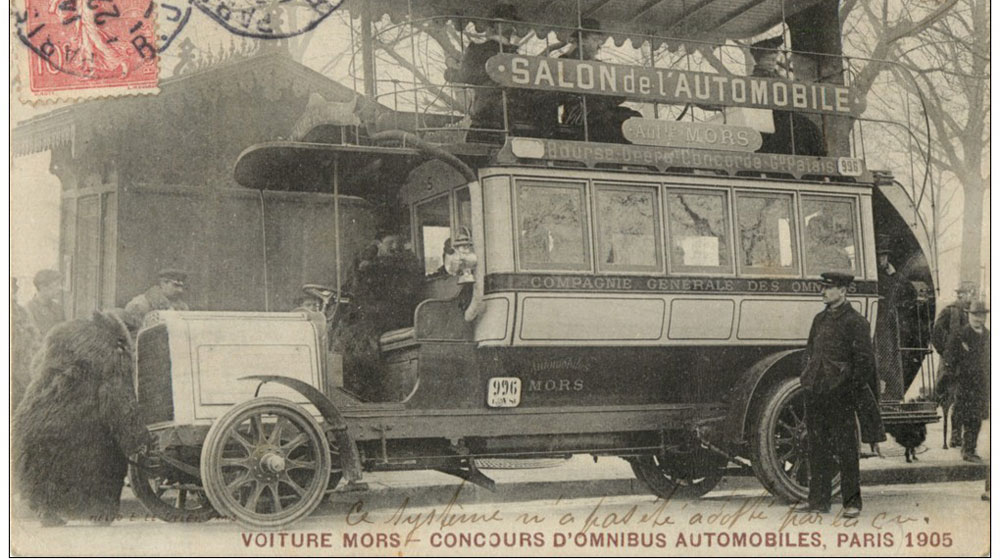The term bus or autobus is derived from the French word “autobus,” which refers to a vehicle used for transporting people. During the period of French colonization, regardless of whether it was a short or long route, it was still referred to as “xe buýt.” However, under the new regime, long-distance buses that carry both passengers and goods are called “xe khách,” while short-distance buses that carry only light luggage are called “xe buýt.”
Historically, GM was the first bus brand to arrive in Vietnam after World War I, around 1919. The first buses appeared in Hanoi, where four buses picked up and dropped off passengers near the Dong Ho column, close to Long Bien bridge.
During the French colonial period, buses only had one door at the back. Initially, the buses had two rows of seats attached to the sides, similar to seats found in trams and trains, with a walkway in the middle. However, it was later discovered that longitudinal seats carried fewer passengers, prompting bus companies to improve and change them to horizontal seats, which could accommodate more passengers, averaging about 30 passengers per bus.
In 1930, there were nearly 5,000 various vehicles, including 405 buses, mainly concentrated in Hanoi. The number of buses in Hai Phong equaled one-third of those in Hanoi.
It is believed that the first public transportation system in the world may have been established in Nantes, France, in 1826. A former official built public baths in the suburbs and established a short bus route from the city center to those baths.
This official soon discovered that passengers were getting on and off the bus at various points along the route, not just at the baths. As a result, he decided to develop the bus route further. These “voiture omnibus” were horse-drawn vehicles rented to operate predetermined routes from one point to another, carrying passengers and goods. The omnibuses featured long wooden benches along the sides and a rear entrance.
Perhaps due to direct competition or the spread of the concept via radio, this initiative was replicated in Paris, Bordeaux, and Lyons in 1832.
On July 4, 1829, a London newspaper reported the launch of a new vehicle called an omnibus, which ran from Paddington to the city center. This bus service in London was operated by George Shillibeer.
Subsequently, this service spread to other locations and had a positive impact on society, contributing to socialization. The omnibus allowed people from the suburbs to visit the city center more frequently. Eventually, electric cars emerged as rivals to the omnibus and gradually gained popularity as a means of transportation.
Thao Anh (TTTD)
The Perfect Ford Ranger 2022: The King of Pick-up Trucks
Immediately after the successful launch of the Ford Everest, the popular SUV model that caused quite a stir, Ford Ranger seizes the opportunity to update and release a completely new version. With this exciting development, it is poised to maintain its dominance in the pickup truck segment in Vietnam.

































![[CAR REVIEW] The Newly Launched BMW iX3 in Vietnam: Compact, Practical, and Expensive](https://vnauto.net/wp-content/uploads/2023/10/xehay-bmwix3-01082023-9-150x150.jpg)

![[CAR REVIEW] Wuling Mini EV: Affordable, Compact, Convenient, but…](https://vnauto.net/wp-content/uploads/2023/10/xehay-wulingev-16062023-8-150x150.jpg)












